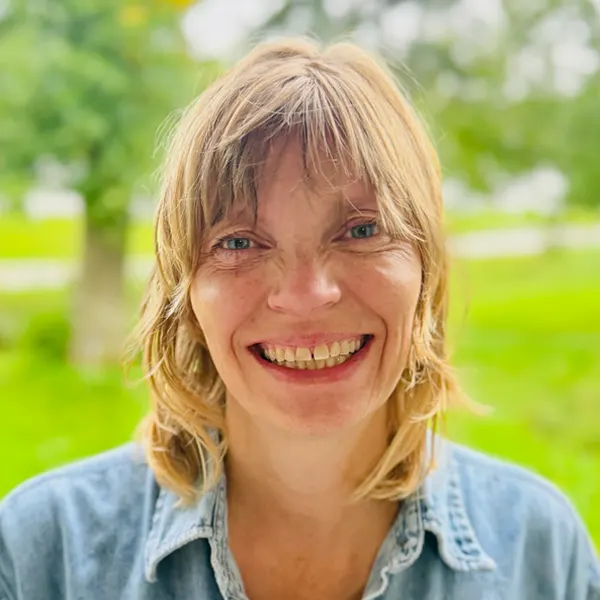Water shapes CURE’s work — from local fights to state policy — because, here in Minnesota, water is life. We work to protect the right to safe, clean water through policy advocacy, regulatory intervention, on-the-ground organizing, and education. We ask, “How does this impact water?” in every issue we take on, because water is integral to every healthy community and ecosystem. Protecting water is about protecting everything it sustains: people, wildlife, and the future we believe in.
Water 101
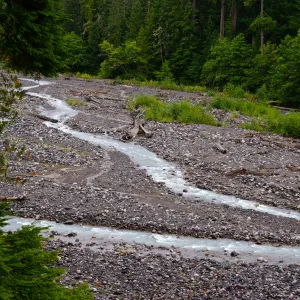
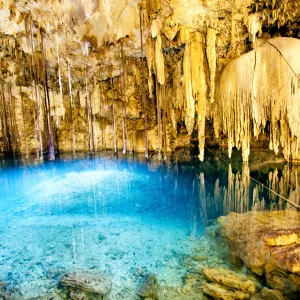
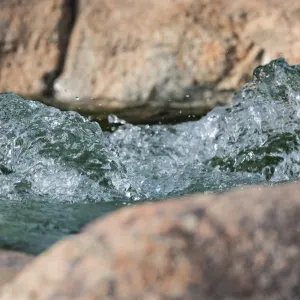
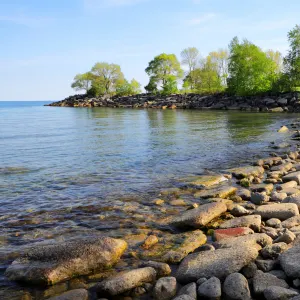
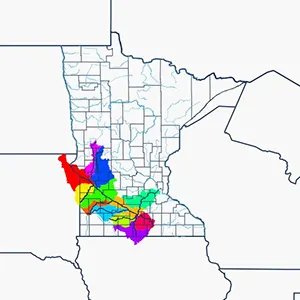
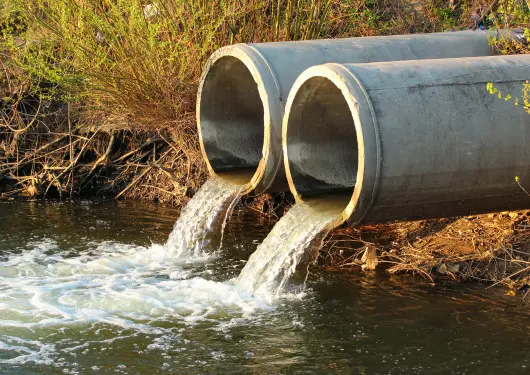
Drainage
Below roughly 30% of Minnesota’s farmlands lies a hidden network of drain tile—pipes that swiftly move water from fields to drainage ditches, creaks, and rivers. While this system enabled a vast agricultural transformation of the prairie landscape, poor regulation can pollute water, dry wetlands, and worsen floods. CURE champions public oversight to protect our waters, leading efforts like the 2021 Limbo Creek legal victory, where the Minnesota Supreme Court strengthened public water protections. We continue to push for a public drainage registry, an expanded public waters inventory, and clear accountability for pollution from ag drainage systems, ensuring water remains at the center of Minnesota’s wellbeing and future.
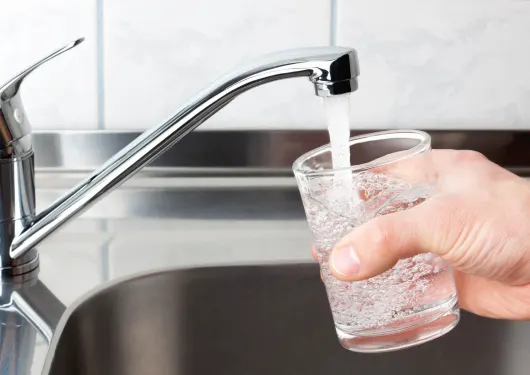
Drinking Water
From challenging water-intensive industry to holding polluters accountable, we work on many fronts to protect the drinking water of rural Minnesotans. While many take our drinking water for granted, the truth is, our drinking water is at risk. Groundwater, which supplies drinking water for about 75% of Minnesotans, is vulnerable to agricultural runoff, overuse, pollution from industry and garbage, and climate change-induced drought. That’s why we push for stronger regulations, transparency, and policies that address the reality of climate change impacts in Minnesota.
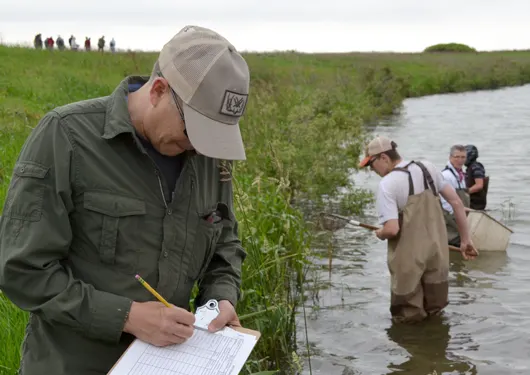
Agency Accountability
All public waters are subject to protections under Minnesota law. But these laws are only as strong as their enforcement. CURE works to ensure that state agencies—such as the Minnesota Public Utilities Commission (PUC), Minnesota Department of Natural Resources (DNR), Board of Water and Soil Resources (BWSR), and the Minnesota Department of Agriculture (MDA)—carry out the laws that protect water and the communities that rely on it.
But gaps between agency roles can leave problems unaddressed, and permits are sometimes issued without full review. We advocate for stronger enforcement, clearer agency authority, and better tools—like those being developed under Minnesota’s 2023 cumulative impacts law—to ensure water protections are real and effective.
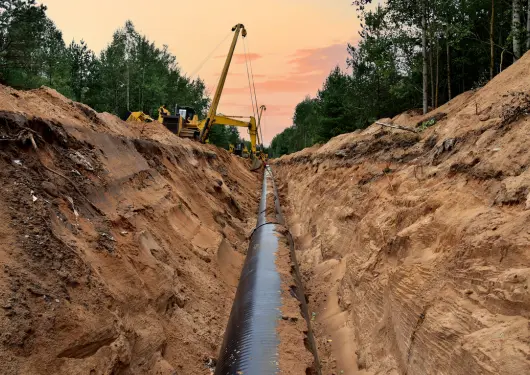
Energy Infrastructure & Water
At CURE, we pay close attention to the hidden costs of energy infrastructure and its impact on our most valuable resource: water. Some energy production methods deplete and pollute our drinking water, from the massive water demands of biofuel production and data centers to the pollution risks of oil spills, coal plants, and pipelines. When we drain our precious water resources for short-term gain, we all lose. But we believe that our energy needs do not have to come at the cost of clean water. That’s why we advocate for smarter, sustainable energy solutions that benefit us today and for generations to come.

